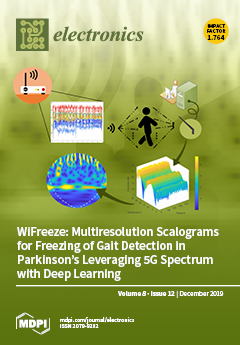Open AccessFeature PaperArticle
A Wireless Sensors Network for Monitoring the Carasau Bread Manufacturing Process
by
Matteo Baire, Andrea Melis, Matteo B. Lodi, Pierluigi Tuveri, Chiara Dachena, Marco Simone, Alessandro Fanti, Giorgio Fumera, Tonino Pisanu and Giuseppe Mazzarella
Cited by 34 | Viewed by 5191
Abstract
This work copes with the design and implementation of a wireless sensors network architecture to automatically and continuously monitor, for the first time, the manufacturing process of Sardinian Carasau bread. The case of a traditional bakery company facing the challenge of the Food-Industry
[...] Read more.
This work copes with the design and implementation of a wireless sensors network architecture to automatically and continuously monitor, for the first time, the manufacturing process of Sardinian Carasau bread. The case of a traditional bakery company facing the challenge of the Food-Industry 4.0 competitiveness is investigated. The process was analyzed to identify the most relevant variables to be monitored during the product manufacturing. Then, a heterogeneous, multi-tier wireless sensors network was designed and realized to allow the real-time control and the data collection during the critical steps of dough production, sheeting, cutting and leavening. Commercial on-the-shelf and cost-effective integrated electronics were employed, making the proposed approach of interest for many practical cases. Finally, a user-friendly interface was provided to enhance the understanding, control and to favor the process monitoring. With the wireless senors network (WSN) we designed, it is possible to monitor environmental parameters (temperature, relative humidity, gas concentrations); cinematic quantities of the belts; and, through a dedicated image processing system, the morphological characteristics of the bread before the baking. The functioning of the WSN was demonstrated and a statistical analysis was performed on the variables monitored during different seasons.
Full article
►▼
Show Figures





